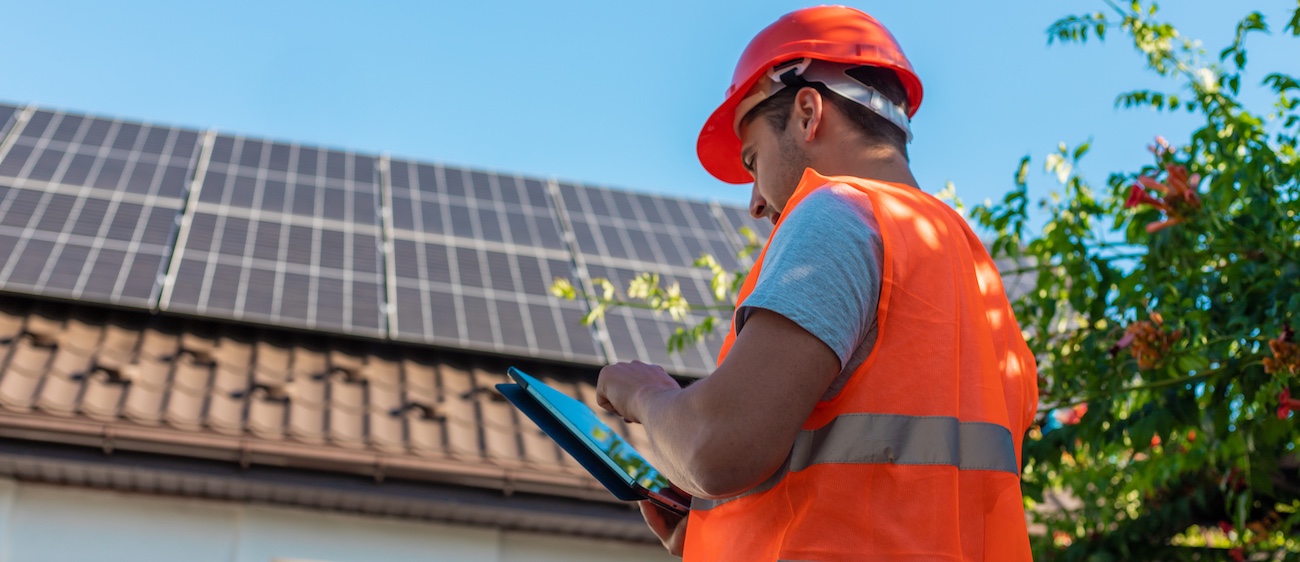Collie at the Crossroads
How renewable energy can power jobs and investment in Collie
November 2019
Repowering Collie: a future beyond coal
What does Collie look like in 2030? This simple question has profound implications for the 9,000 people who call the Western Australian coal town home. The good news is, Collie’s economy can be re-tooled for a low-carbon future, creating 1,750 long term, secure jobs in renewable manufacturing, green building materials and recycling.




.png)
.jpg)





%201.webp)

